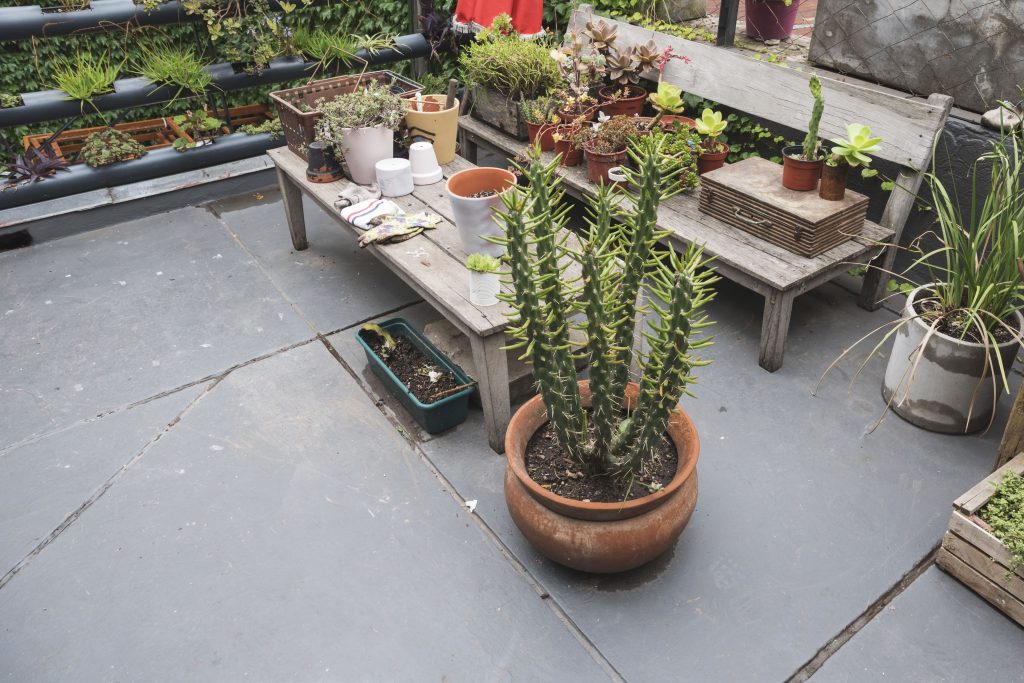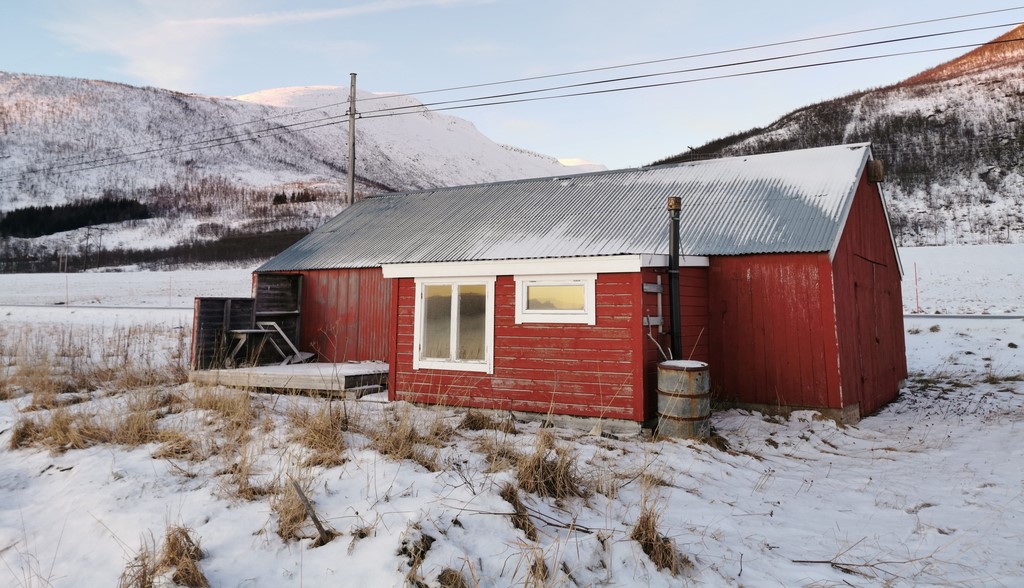Good shipping container home plans are important for producing a comfortable residence. The form of residential buildings has experienced significant development, as container houses have become a revolution in the property and architecture industry.
However, many people ask whether a container house is hot in the summer and cold in the winter when planning to buy a portable building. Steel is considered to cause heat and cold in the room because of its use as the core structure. When steel is exposed to heat and cold, the temperature in the room will be affected, causing the room to feel hot due to the increase in room temperature.
Therefore, a shipping container home designed to be resistant to both heat and cold weather requires careful planning and construction to ensure it remains comfortable and energy-efficient throughout the year. To know how to make heat & cold weather-resistant shipping container home plans, read this article until the end!
What is a Container House?
A container house is a type of house that is made using shipping containers as a usable space. Shipping containers can be converted into various useful rooms, including bedrooms, living rooms, kitchens, and others.
principally, you can design your container house according to your preferences and needs. One thing to remember, you need to make your container withstand extreme weather for a comfortable and sustainable living.
Container houses not only provide financial benefits because the construction costs are more affordable than traditional houses, but also the structure of the material can last a long time.
Climate Challenges in the US
The U.S. is grappling with a variety of climate challenges, many of which are intensifying due to the impacts of global climate change. They vary widely across regions, and these challenges are expected to intensify with ongoing climate change.
Climate challenges in the U.S. are increasingly influencing how shipping container homes are designed, built, and maintained. Since container homes are often chosen for their affordability, flexibility, and environmental sustainability, addressing climate-related issues is crucial to making them resilient and functional.
Addressing these challenges through insulation, energy efficiency, weatherproofing, and sustainable design elements can help container homes thrive in a variety of environments, from extreme heat to cold and from floods to wildfires. Tailoring the design to the specific climate risks of the region ensures that container homes remain a viable and affordable housing option.
10 Tips for Building a Container House with a Heat-Resistant Roof
Do not hesitate to buy a container house as a choice of residence just because its steel structure is a heat and cold conductor! The temperature of the container house can be ideal by following these tips:

1. Modifying a Rooftop Garden
Creating a roof garden is an effective strategy for overcoming heat problems. Installing wire mesh, a form of wire that can be woven into sheets, will optimize your friends.
Decorative vines that grow and cover the roof can be supported by the wire mesh. When the plants are large enough, they will be able to shade and protect the container house. Plants also improve air quality, supply oxygen, and add aesthetic appeal to the house.
2. Pine Wood Pallet Roofs
Using pine wood pallet roofs is the next tip for building a container house as wood has better thermal properties than metal.
Unlike metal which expands and contracts due to sudden temperature changes, wood is a more stable material that can help regulate the temperature inside your home. It has more stable temperature characteristics than metal, making it a better material for container houses. In addition, wood has good sound-absorbing qualities, making the room quieter.
3. Adding Wooden Supports
Adding wooden supports to the roof of your container house can be a way to prevent heat or cold from entering your home due to bad weather.
4. Install Insulation with the Right Material
Installation of insulation in container houses aims to keep the room temperature stable, resulting in comfort for the occupants. The way insulation maintains temperature stability is by blocking external heat and cold so that it does not affect the internal temperature. Insulation also works to retain cool air in the room.
Insulation can work optimally only if you use the right material like rockwool and expanded polystyrene. In container houses, these insulation materials are used for sandwich panels which are modular or prefabricated building components.

5. Create a Ventilation System that Improves Air Circulation
A well-optimized ventilation system can not only increase airflow but also improve the overall air quality in your home. There are several ways to create a good ventilation system: installing windows and doors in strategic positions, installing ventilation fans, and ventilation louvers.
Proper placement of windows and doors allows air to flow freely. Use ventilation equipped with fans to significantly increase airflow. Install a ceiling fan in the living room to keep the temperature comfortable.
6. Exterior Coating
Use weather-resistant, high-quality paint to protect the container from rust and UV damage. This is especially important for areas exposed to extreme sun or cold. Then, add a layer of cladding like wood or metal panels to help insulate the exterior and reduce thermal bridging.
7. Heating and Cooling Systems
Use a heating and cooling system like a mini-split system for your container house. These are efficient for heating and cooling and don’t require ductwork, making them perfect for container homes.
For colder climates, install radiant floor heating or a wood stove paired with good insulation to maintain warmth without using bulky heaters.
8. Windows and Doors
Double-glazed windows offer superior insulation, keeping heat in during the winter and out during the summer. Then, install a heavy-duty door. It is an insulated door with proper seals to prevent drafts and keep the temperature regulated.
9. Orientation
Position the shipping container home strategically to take advantage of natural light and wind patterns. For example, you can place it in a north-south orientation to optimize sunlight exposure and energy efficiency in colder climates.
10. Landscaping and Outdoor Spaces
In colder climates, adding thermal mass through outdoor elements like stone or brick walls can help absorb and release heat, keeping the temperature stable. Meanwhile, in warmer climates, trees or shading structures can protect the container from direct sun exposure, reducing the internal heat buildup.
Conclusion
By combining the strategies above, your shipping container home plans can be well-suited for both hot and cold climates, making it comfortable and energy-efficient year-round.
If you want a fast, practical, and comfortable residence, you can entrust your container house needs to a trusted provider such as Tradecorp. Tradecorp is a reliable container sales, purchase, rental, and modification service company. Tradecorp provides modification and custom container services to residences by adding windows, doors, or wall and roof insulation. Fill out our quote form to buy or rent from us!

